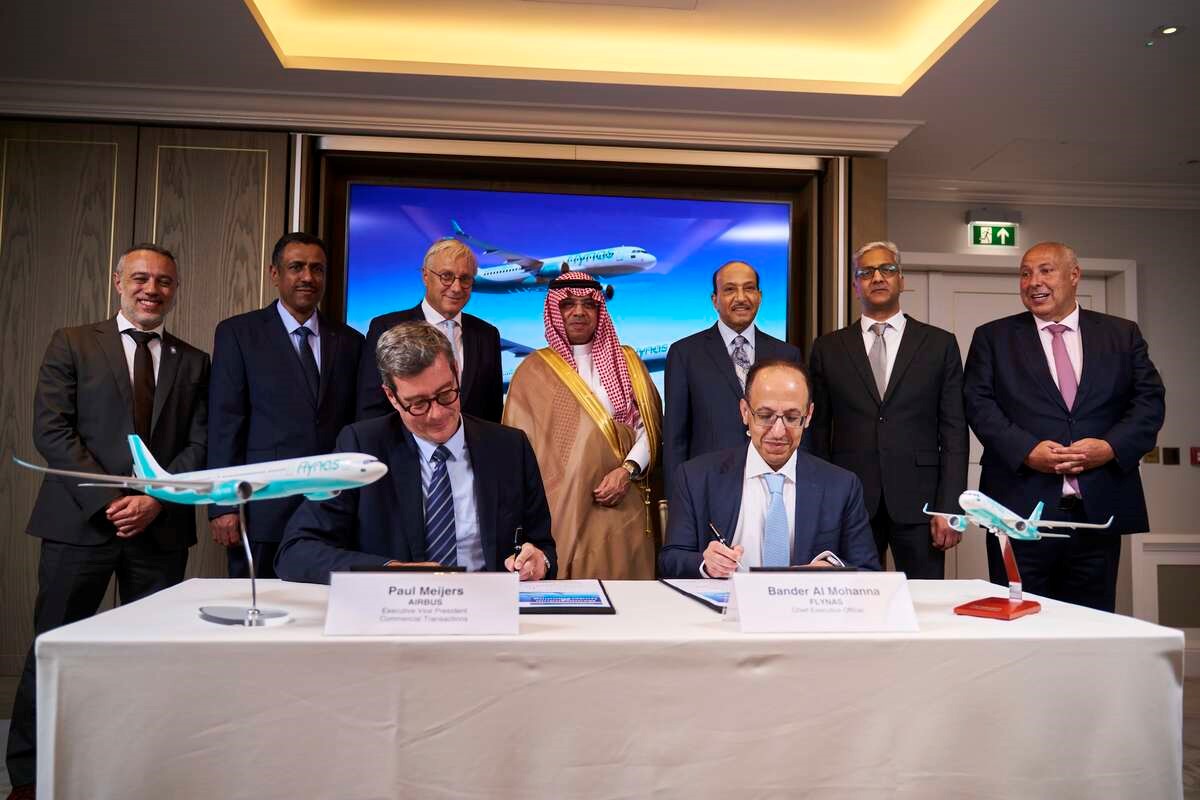Robust Qantas ready to take on all comers
22 February, 2017
5 min read
By joining our newsletter, you agree to our Privacy Policy


A robust Qantas says it is well-placed to weather the competitive aviation environment after posting a 25 per cent fall in half-yearly net profit due mainly to a one-off gain the previous year.
The Australian carrier followed a record 2015-16 with a $515m net profit for the half year ending December 31, down from $688m the previous year.
Qantas said the fall in statutory profit largely reflected the inclusion in last year’s result of the $A201m gain from the sale of its Sydney Airport terminal.
The decrease in net profit was mirrored on the other side of the Tasman with rival Air New Zealand recording a 24.25 per cent drop in interim net profit to $NZ256m from $NZ338m the previous year.
The flying kangaroo posted an underlying pretax profit of $A852m, 7.5 per cent lower than the $A922m it posted in the same half the previous year but still the third best first half in its history. The result was also slightly above the guidance the airline posted in October.
Qantas chief executive Alan Joyce said the work done on the airline’s transformation program meant that it was it was delivering much better margins than many of its main competitors. For Qantas International, this meant a margin of 7.3 per cent compared to 4 per cent or less on the other big premium carriers in the region.
“Everybody in the region is having bigger drops — 50 to 80 per cent —in their profitability,’’ he said. “The resilience of Qantas in this space is absolutely amazing because of the structure of our business and what we’ve done in transformation has given us that big advantage."
All parts of the Qantas group were profitable in the first half but earnings at the Qantas domestic and international operations were both down.
Qantas domestic reported underlying earnings of $A371m, down $A16m, while the international arm posted earnings of $A208m, down $A62m. Revenue from the once vibrant resources sector was down $A50m, a fall that is expected to decrease to $30m in the second half and possibly flatten out in 2019.
Earnings at the Jetstar group were up $A13m to a record $A275m while Qantas Loyalty recorded a result of $A181m, up$A5m.
Revenue at the Australian carrier was down just 3.3 per cent to $A8.2 billion and Joyce described it as one of the best-performing airline groups in the world.
“Our transformation program has built a strong, sustainable business that generates returns throughout the economic cycle,’’ he said.
“Qantas and Jetstar’s domestic operations produced an outstanding result and Qantas Loyalty continued to thrive. It’s a combination that keeps delivering and sets us apart from our competitors.’
“The international market is tough because of capacity growth and lower fares and Qantas International is not immune from those pressures. But the work we’ve done on removing costs and making the business more efficient means Qantas International is outperforming its peers in the region.
“Our focus is to stay disciplined on capacity, keep downward pressure on costs and introduce game-changing improvements like the Dreamliner and high-speed wi-fi.’’
The airline plans to boost group capacity by a modest 1-2 per cent in the second half and cut capacity on the domestic market by 2 per cent.
But Joyce was optimistic about the prospects in both the domestic and international markets
He said the resources sector was bottoming out and the buoyancy of the East Coast market in sectors such as financial services and construction had come through in the airline’s numbers.
Group international capacity will rise 3 per cent due to previously announced changes, including services to Beijing and Japan, using the existing fleet to target the Asian market.
While a spike in capacity on the kangaroo route between Australia and London had depressed yields, Joyce noted there was growth on markets such as Japan, the US and China.
“But again, we’re happy and very comfortable with the Chinese growth because what’s happening in China is that there’s huge influx of Chinese tourists to Australia,’’ he said. “They’re travelling everywhere and our domestic business gets huge benefits associated with that.’’
The efficiency drive will also continue with management targeting an annual average of $A400m in cost and revenue benefits from areas such as new aircraft and technology to keep the business sustainable.
However, the group deferred the delivery of fuel-efficient Airbus A320 neos until fiscal 2019, saying it had other more immediate priorities for capital expenditure. Officials denied this was in response to a similar move by Virgin Australia to delay delivery of Boeing 737 MAX aircraft.
Qantas did not give any profit guidance but said underlying fuel costs were expected to be no more than $A3.2 billion.
The airline will pay a dividend of $A7 cents per share and is still undertaking a share buyback.
Next Article
2 min read
Qantas triples profit but misses mark

Get the latest news and updates straight to your inbox
No spam, no hassle, no fuss, just airline news direct to you.
By joining our newsletter, you agree to our Privacy Policy
Find us on social media
Comments
No comments yet, be the first to write one.
